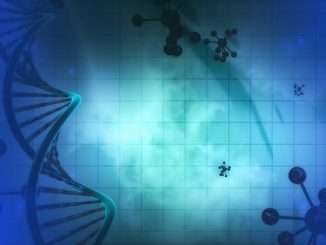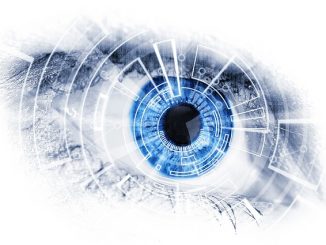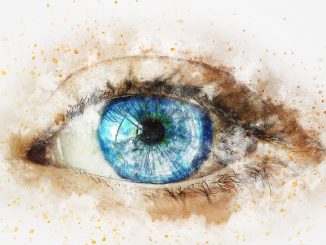
It may soon become possible to grow artificial human life in a lab by using stem cells to create an actual embryo. While that might creep some people out because it sure sounds a lot like a precursor to designer babies or even clones, the scientists doing the research would like to make it clear that their intention is something totally different.
By growing embryos and replicating what happens during the early stages of reproduction, they are hoping that they will be able to understand why more than two out of three miscarriages happen, and use then this knowledge to prevent or at least minimize such unfortunate circumstances. In other words, the research is being done to help prevent the loss of lives, not create artificial ones.
Right now, scientists are only allowed to conduct experiments on embryos developed from egg cells donated through in vitro fertilization (IVF) clinics. There aren’t many of those, however. Plus, regulations (and ethics) dictate that they have to be destroyed after 14 days. But by being able to create their own unlimited supply of artificial embryos, research can be done faster and more extensively. As an added bonus, ethics will not be an issue.
To create the embryos, a research team from the University of Cambridge led by Professor Magdalena Zernicka-Goetz combined embryonic stem cells (ESCs) with extra-embryonic trophoblast stem cells or TSCs (the ones responsible for forming the placenta during a normal pregnancy).
Previous attempts to grow embryos didn’t work because only embryonic stem cells were used and this prevented the cells from assembling in their correct positions. Adding the second type of placental stem cell solved this problem.
According to Professor Goetz, although they are aware that interaction between different types of stem cells is important for development, their experiment showed just how important that partnership was. After adding the extra-embryonic trophoblast stem cells, the two types of stem cells began communicating with each other, almost like guiding and telling each other where to go, what to do, and when to do it, until they were eventually able to form an embryo-like structure — appearance-wise and behavior-wise, with separate clusters that will give rise to the different body organs, if development was allowed to continue.
The research team is quick to point out, however, that this is as far as they will allow it to progress. In other words, the artificial embryo will not continue to grow into a fetus because it will need a third type of stem cell for that — one which forms the yolk sac that is responsible for providing nutrition.
So far, the technique has only been tested on mouse stem cells. Eventually, the team hopes to achieve the same results on human stem cells. And that might prove to be the key that can potentially help solve the problem of failed pregnancies in the future.
As Professor Goetz said in a statement she issued, the team is “very optimistic that this will allow [them] to study key events of this critical stage of human development without actually having to work on embryos. Knowing how development normally occurs will allow us [noted Goetz] to understand why it so often goes wrong.”
The research was recently published in the journal “Science”.
Disclaimer: This page contains affiliate links. If you choose to make a purchase after clicking a link, we may receive a commission at no additional cost to you. Thank you for your support!



